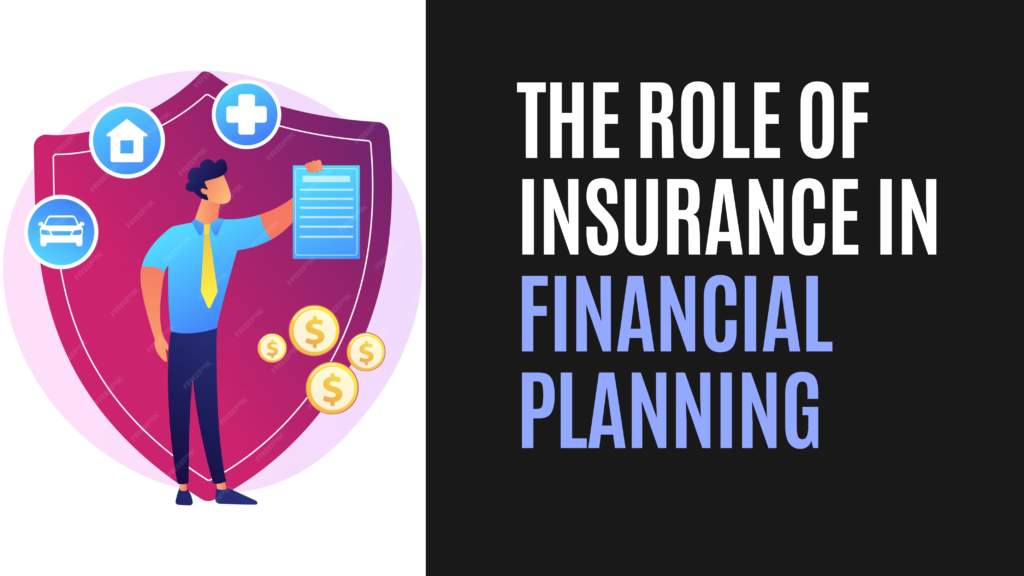All About Pacific Prime
Table of ContentsThe 8-Minute Rule for Pacific PrimeThe Only Guide to Pacific PrimeThe Basic Principles Of Pacific Prime Rumored Buzz on Pacific PrimeThe Basic Principles Of Pacific Prime

This is since the information were collected for a duration of strong economic performance. Of the estimated 42 million individuals who were without insurance, all however about 420,000 (concerning 1 percent) were under 65 years of age, the age at which most Americans come to be eligible for Medicare; 32 million were adults between ages 18 and 65, around 19 percent of all grownups in this age; and 10 million were children under 18 years old, regarding 13.9 percent of all kids (Mills, 2000).
These estimates of the number of persons without insurance are generated from the yearly March Supplement to the Present Population Survey (CPS), performed by the Demographics Bureau. Unless otherwise kept in mind, national price quotes of people without health and wellness insurance and percentages of the population with different type of protection are based on the CPS, one of the most extensively used source of quotes of insurance policy coverage and uninsurance rates.
How Pacific Prime can Save You Time, Stress, and Money.

Still, the CPS is specifically valuable due to the fact that it generates yearly estimates relatively rapidly, reporting the previous year's insurance policy coverage estimates each September, and due to the fact that it is the basis for a constant set of quotes for greater than twenty years, enabling for analysis of trends in protection over time. For these reasons, along with the comprehensive use the CPS in other studies of insurance coverage that are offered in this record, we count on CPS price quotes, with constraints noted.

The price quote of the number of without insurance individuals increases when a populace's insurance policy condition is tracked for numerous years. Over a three-year period beginning early in 1993, 72 million people, 29 percent of the united state population, were without coverage for at the very least one month. Within a solitary helpful site year (1994 ), 53 million people experienced a minimum of a month without coverage (Bennefield, 1998a)
6 out of every 10 uninsured adults are themselves employed. Functioning does boost the probability that one and one's household members will have insurance, it is not an assurance. Even members of households with 2 permanent breadwinner have almost a one-in-ten possibility of being uninsured (9.1 percent uninsured price) (Hoffman and Pohl, 2000).
See This Report on Pacific Prime
New immigrants represent a considerable percentage of individuals without health and wellness insurance policy. One analysis has associated a significant part of the current growth in the size of the united state uninsured population to immigrants that got here in the nation between 1994 and 1998 (Camarota and Edwards, 2000). Recent immigrants (those who pertained to the USA within the past 4 years) do have a high price of being without insurance (46 percent), but they and their youngsters account for just 6 percent of those without insurance coverage across the country (Holahan et al., 2001).
The relationship between health and wellness insurance policy and access to care is well developed, as documented later on in this phase. Although the relationship in between medical insurance and health results is neither straight neither simple, a considerable professional and health and wellness solutions research literature links medical insurance protection to better access to care, far better top quality, and improved personal and population wellness condition.
Levels of analysis for examining the results of uninsurance. This conversation of wellness insurance coverage concentrates mostly on the U.S. population under age 65 because practically all Americans 65 and older have Medicare or other public insurance coverage. It focuses specifically on those without any wellness insurance policy for any size of time.
Pacific Prime for Beginners
The issues dealt with by the underinsured are in some aspects comparable to those encountered by the without insurance, although they are typically less serious. Health and wellness insurance policy, nevertheless, is neither required neither sufficient to obtain accessibility to medical solutions. The independent and direct effect of wellness insurance policy coverage on accessibility to health solutions is well established.
Others will get the health and wellness care they require even without medical insurance, by paying for it expense or seeking it from providers that provide treatment complimentary or at highly subsidized prices. For still others, health insurance policy alone does not guarantee receipt of treatment due to various other nonfinancial obstacles, such as a lack of healthcare service providers in their area, limited accessibility to transport, illiteracy, or etymological and cultural differences.
The smart Trick of Pacific Prime That Nobody is Discussing
Official research about uninsured populaces in the USA dates to the late 1920s and very early 1930s when the Board on the Price of Healthcare generated a collection of records concerning funding physician workplace gos to and hospital stays. This problem came to be significant as the numbers of medically indigent climbed during the Great Anxiety.